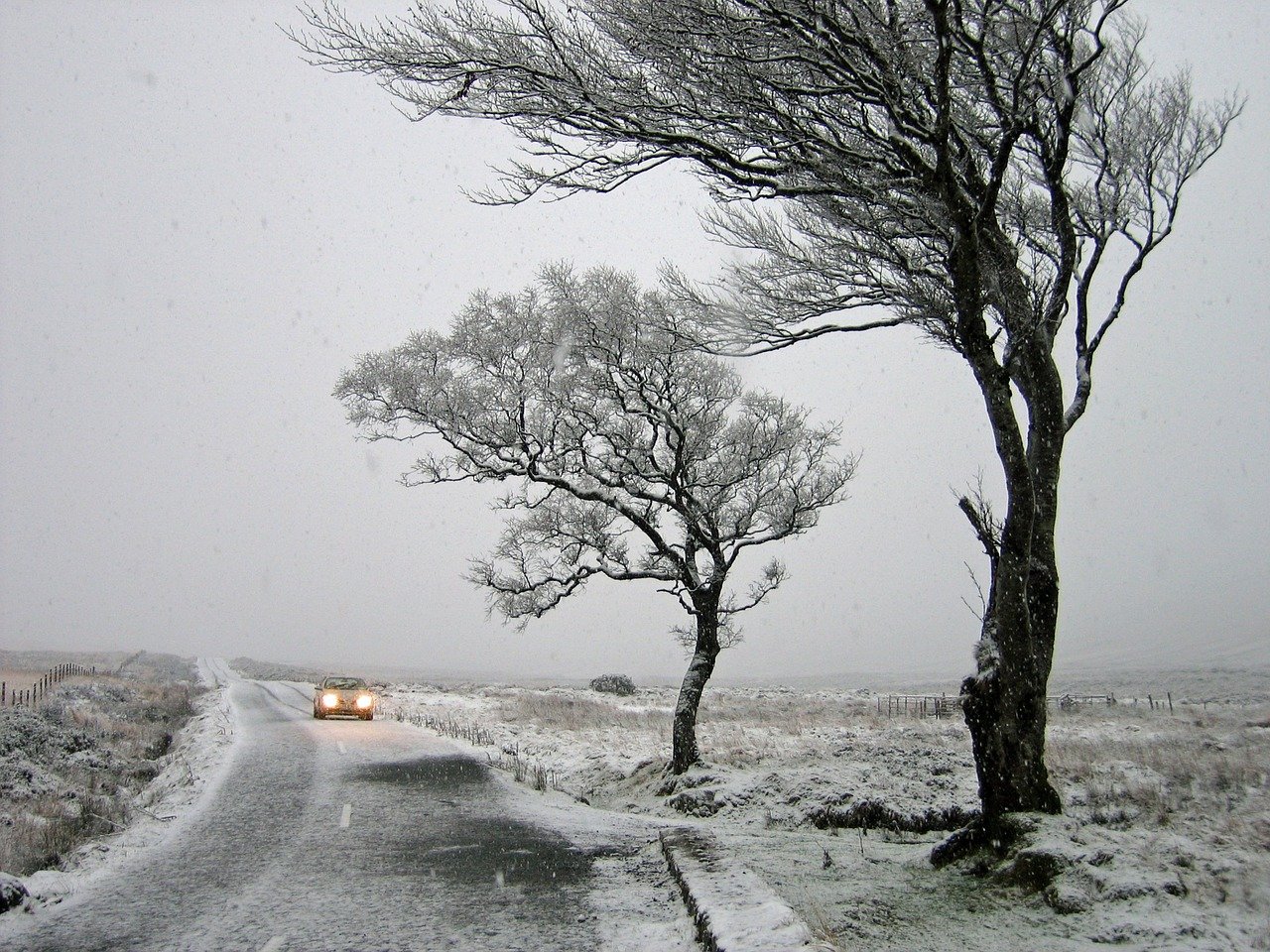A wide range of weather issues can affect safety on the road. One condition that often gets overlooked but can prove quite dangerous is extreme wind. Of course, light winds do not have much of an effect on road conditions. However, heavy winds can push objects onto the road, cause obstacles to fall over, and even push your vehicle in a way that necessitates compensation.
Vehicles that are towing things can lose control of that cargo, which in turn means they would potentially get thrown around on the highway. If you notice strong winds on the road, you need to take some measures to ensure your safety and that of other drivers around you. Some tips to keep in mind to keep yourself safe when it’s windy include:
1. Slow down
The problem with driving quickly in windy conditions is that you have less control over the vehicle and less time to react to any sudden changes on the roadway. Slowing down gives you more time to keep an eye out for potential hazards and maneuver around them.
Additionally, driving slowly provides greater control over your vehicle, which is important when a sudden gust pushes you in an unexpected direction. Importantly, headwinds or tailwinds may mean you need to pay closer attention to acceleration than normal since they can significantly alter your speed. Stay consistent even when you are contending with these forces.
2. Stay alert
While you always need to pay close attention to your surroundings, this becomes even more important when it is very windy. Look at objects on the roadside that could potentially get blown into your path, from trees to trash cans, and make a plan for how to react before it happens. If you see another vehicle carrying cargo, plan for what you would do if that vehicle lost control or the cargo got loose.
By paying close attention to everything around you, you put yourself in a position to react effectively without putting anyone at risk.
3. Avoid vehicles
Large vehicles, especially trucks, have a lot of difficulty maintaining control in windy conditions. While truck drivers are experts who are used to dealing with such conditions, it is still important to give them plenty of room. Any vehicle that is tall is at a greater risk, so keep this in mind and allow them more space than you normally would.
A sudden gust may cause them to veer or change lanes with little warning so it is better if you are not in their path. By paying attention to other vehicles, you should be able to get a sense of which ones need the most space.
4. Drive smoothly
The most distressing part of driving in windy conditions is when a side gust hits your vehicle. When these gusts are strong enough, they can actually blow you off course. If this happens, it is important to drive smoothly and gently steer in the opposite direction to bring yourself back on the intended course.
If you panic or turn your wheel quickly, you may end up veering even further off course or possibly flipping depending on your vehicle. Being gentle and intentional will keep you safe.
5. Grip firmly
When wind keeps changing direction, it can become quite difficult to steer. During these conditions, you should keep both hands on the wheel and maintain a firm grip. Doing this will help you compensate quickly to keep yourself on the intended path.
Also, be sure to pay attention to yourself. If you are feeling particularly nervous or unsafe because you are needing to compensate a lot, you should find a safe place to pull over and wait out the wind. Waiting is much safer than continuing when you do not feel like you can contend effectively with the wind.
6. Account for geography
One of the most important things to do in windy conditions is keep an eye on the geography of wherever you drive. This is because changes in geography can radically affect exposure to wind. Be especially careful when you are on bridges or overpasses as these are very exposed to the wind. In addition, straight and open roads can be quite affected by the wind.
If you are driving through a hilly or mountainous region, pay attention to breaks in the hills as these can come with very sudden gusts. Figuring out when you move from protected to exposed areas can help keep you ready to deal with the gusts.
7. Park safely
The dangers of windy conditions do not suddenly end once you arrive at your destination. Keep in mind that tree branches and power lines can still be downed by heavy gusts of wind, so try to park away from these hazards. Few things are worse than driving to a destination safely only to have your vehicle impacted by a fallen tree once it is parked.
If possible, park inside away from the wind to avoid any sort of potential hazards. If this is not possible, park as far away from anything that could fall or be pushed over as possible.
